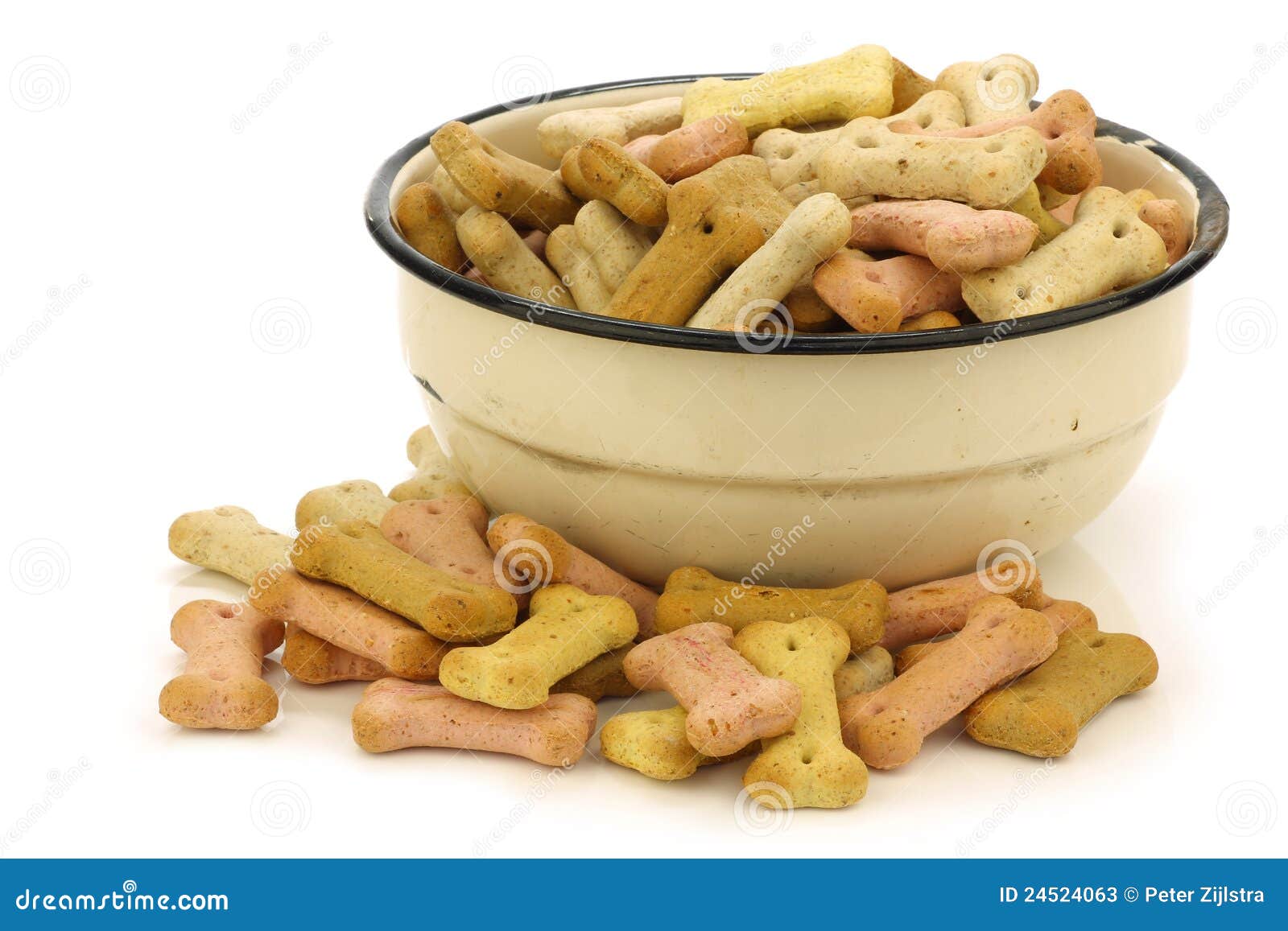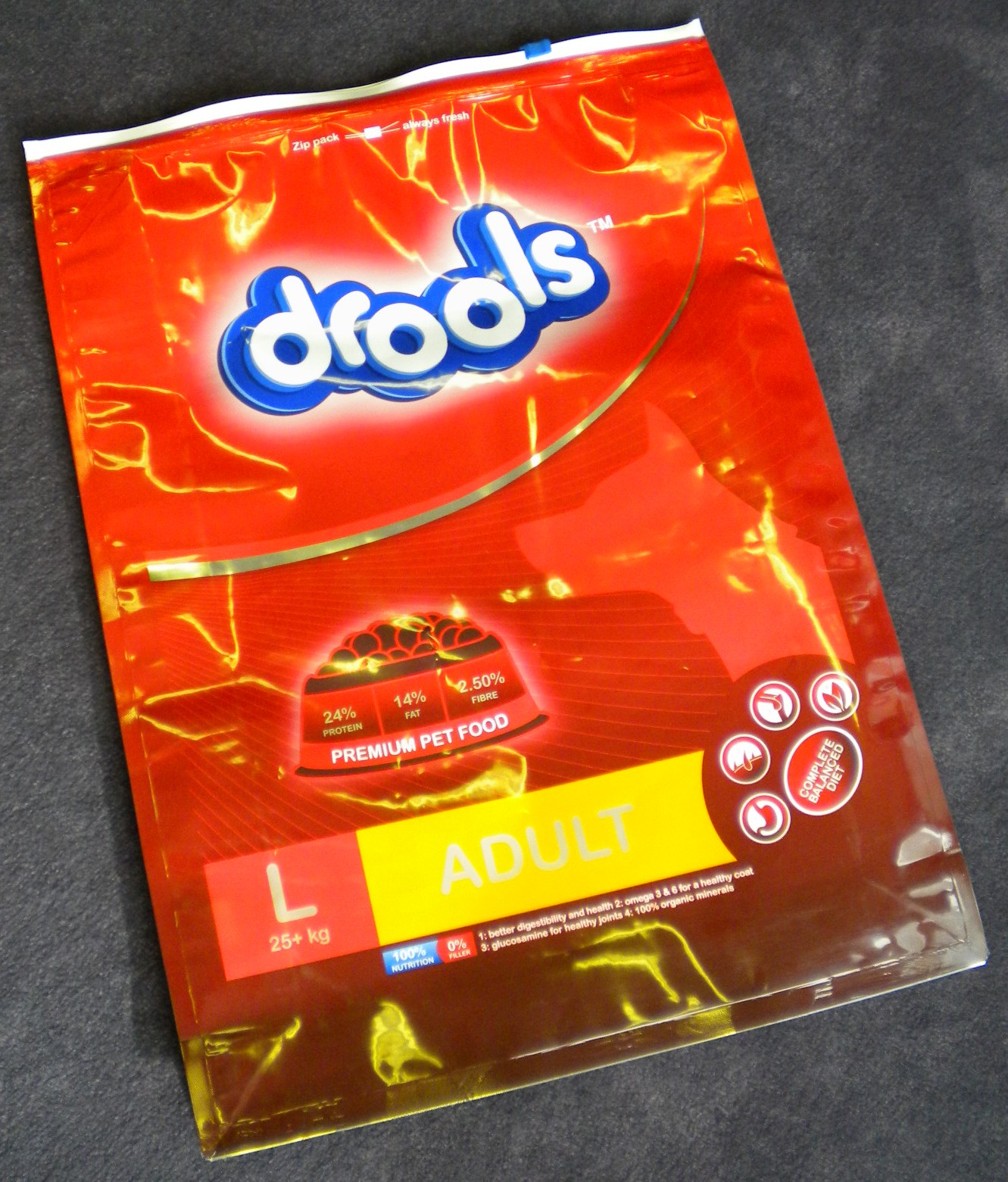Good Dog Food For Digestive Problems
Fellow Dog Owner, If You'd Cry If Your Dog Died, Then You Need To See This!
Discover The Deadly Secret The Dog Food Industry Spends Millions To Make Sure You Never Find Out!

Good Dog Food For Digestive Problems Finding The Right Dog FoodSearch any supermarket or commercial dog food Good Dog Food For Digestive Problems store to purchase Pet Food and you'll concur that attempting to decide on what is the best for your pet is an exhausting task. Checking the racks of merchandise available, you're bombarded by meals extolling various health benefits in addition to a large range of prices. Your pet meals market is a multiple-billion dollar business and pet food producers are eagerly advertising for each buck. They are not only marketing us to death, but also creating new services to set up entrance of us. Those items consist of "dried outInch, Inchcanned", Inchpartially-damp" and health targeted products for example Inchsenior", "high qualityInch and Inchpremium.So which food is the best for your dog? Finding that out takes time and research. The simple truth is, the best dog food is the one that meets your canine's dietary requirements, which differ based upon the dog's grow older, breed, body weight, inherited genes, and quantity of exercise... and something that fits affordable. It is definitely really worth consulting a vet for the greatest guidance and nutrition plan for your canine. But for those of you that want to consider matters in your own fingers, you'll find detailed beneath the most important things you will need to know.Dog Food LabelsLeslie Powter comes to mind when considering Good Dog Food For Digestive Problems food labeling. Don't forget this legendary commercial celebrity with the coined expression "Steer clear of the InsanityInch? Her gospel about diet and the significance of studying the ingredients along the side of the product packaging to distinguish the different elements and how each plays its part in general diet, was novel at that time. It seems that this was the start of the bulk movement to better diet, label reading and selecting items much more carefully.With the recent pet food recalls, countless pet owners have extended this analysis to selecting your dog meals. But we can't pull in the Leslie Powter gospel for this, simply because canine foods are manufactured below a number of different requirements and regulations, put forth through the AAFCO ( The Association of American Feed Control Officials ). There are unique marking needs that require all canine foods to have certain information on the label. So, so that we all can create a correct option for our canines, we must know how to read and comprehend the pet food tag.The AAFCO creates the official publication, on a yearly basis, describing unique requirements for pet food. Among all of the different needs, they ask for all pet food producers to adhere to tag rules and must include around the bundle the next: Item Title Guaranteed Evaluation Dietary Adequacy Declaration Giving InstructionsThe Title SportWhen looking for dog food, what's the very first thing you appear at? The product name, obviously. Most people have strolled down the commercial dog food aisle and observed the product names jump out as us...calling us. Displayed in daring kind and fancy fonts this kind of descriptions as InchWith Poultry", InchAll Life PhasesInch, "Goose MealInch, Inch95Percent Meat", InchNatural Pet Food". But what do these descriptions really mean? Is it just fancy advertising? The AAFCO has established guidelines that determine how ingredients may be used inside a product name.95% Rule Pertains to most canned pet food that is made up mainly of meat, chicken or seafood. Identifies that a minimum of 95% from the pet food should be the named ingredient on the label, not counting water and chemical preservatives added for processing. Counting water, the product must still contain 70Percent of the item. If the title consists of a combination of ingredients, the two combined should equivalent 95Percent. The guideline only pertains to components of animal source, so grains and vegetables can't be included in the 95Percent guideline. So if the merchandise title was InchBeef and Brown GrainInch, the product would still need to contain 95% meat.25% or InchSupper" Rule This guideline pertains to many canned in addition to dry canine meals.
Good Dog Food For Digestive Problems

Good Dog Food For Digestive Problems If the Good Dog Food For Digestive Problems named ingredient, or a combination of ingredients, found on the tag consists of 25% of the weight (but under 95%) not including water for sufficient digesting. The name must include a detailed term, for example InchSupperInch, "PlatterInch, InchMeal", or InchMethodInch. If several ingredient is incorporated in the name, they have to each complete 25Percent mixed, with each called ingredient equaling or exceeding 3%.3% or "With" Rule Initially, this rule was meant to utilize only to components highlighted on the package, outside of the product title. It enables producers to highlight small components. The ingredient should have a minimum of 3Percent added. The guideline now enables manufacturers to make use of the term "WithInch in the item title.Be careful when reading the dog meals label simply because InchBeef Pet Food" and "Dog Food with BeefInch are not the same. The very first must have 95% beef, while the second only requirements 3Percent.Flavor Rule A percentage of any 1 ingredient Good Dog Food For Digestive Problems is not needed. The word InchTaste" should show up on the tag within the exact same typeface dimension and colour as the component title. The flavor might be the corresponding ingredient, but more often than not, it's another substance such as InchdinnerInch, "by-itemInch, a Inchinventory" or perhaps a "soupInch.Guaranteed EvaluationThe guaranteed analysis may be the subsequent component that should be on the dog food label. It works as a common guide in regards to what the percentages from the main vitamins and minerals along with other merchandise is within the total make-up from the item. At the minimum, the assured evaluation should contain the next: Minimum Number of Proteins Minimum Number of Body fat Optimum Number of Fiber Optimum Percentage of DampnessGo ahead and look at your label at this point. View it there? Good. Now, if you have a can of dog food along with a package of dried out pet food at your disposal, check out each labels. After careful analysis you might like to request, InchHey Michael, I notice when examining each labeling the dry pet food has far more vitamins and minerals. I figured canned food experienced far more proteins...what gives?"Take this into account, as I have seen this as well, that the levels of proteins along with other nutrients stated around the labeling seem to be much less for processed versus dried out, but looks are deceiving. The main reason? Variations in moisture content material. Canned pet food, typically, consists of 75% drinking water, while dry pet food consists of about 10Percent. So to make a accurate comparison of the nutrient amounts, we need to put each types on a single arena. To do this, we are converting both items to dried out matter.To convert the vitamins and minerals, we need to dust off our hand calculators that we last utilized in high school, in order to perform a little mathematics. (And you believed to your math instructor, "I will by no means make use of this in the real world!Inch), But I digress. Here is the method we will be utilizing:Percent Guarantee split by Percent Dry Matter increased by 100InstanceIn a single part, we have a processed pet food which has a guaranteed evaluation composed of 9Percent protein, 6Percent body fat, 1.5Percent fiber and 78% moisture.In the other part, there exists a dried out dog food that has a guaranteed analysis consisting of 24Percent proteins, 14.5Percent fat, 4Percent dietary fiber and 10Percent moisture. Dried out few processed: 100 - 78 = 22 Dried out matter of dry: 100 - 10 Equals 90 Now we are able to do our calculationsProcessed Pet Food Protein: 9 / 22 by 100 = 40.9% Body fat: 6 / 22 by 100 Equals 27% Dietary fiber: 1.5 / 22 x 100 = 6.8PercentDry Dog Food Protein: 24 Or 90 by 100 = 26.6Percent Body fat: 14.5 / 90 by 100 = 16.1Percent Dietary fiber: 4 / 90 x 100 Equals 4.4%So following had been done, have you detected the proteins? The canned dog food really has 14% much more proteins.Dietary Adequacy StatementYou've seen it around the labels..."CompleteInch, "Balanced", "For Those Lifestages", amongst others. But exactly how are these claims substantiated? What rules have established yourself to manage this kind of verbage? The answer is established, once more, through the AAFCO.The Nutritional Adequacy Statement is required and is one of the most important facets of your dog meals tag. This statement assures us that a item fulfills all of a pet's nutritional needs. Just how is a dog food substantiated for dietary adequacy? They have to use one of two methods:ComputationsThe technique whereby your dog food contains components developed to supply amounts of nutrients that fulfill a recognised user profileComputations estimation the quantity of vitamins and minerals possibly by an average nutrient content material of components or results of lab tests using regular chemical analysis.If it fulfills the profile established by the AAFCO, the label will carry a declaration the following: Inch(Title of item) is developed to satisfy the nutritional levels set up by the AAFCO (Dog) Meals Nutritional Profiles for (particular existence stage)."Feeding Trials The merchandise (or perhaps a similar item made by exactly the same organization) continues to be examined in dogs under rigid guidelines and found to supply proper diet If it meets the profile set through the AAFCO, the tag will carry a declaration the following: InchAnimal feeding tests using AAFCO procedures verify that (name of item) offers total and healthy diet for (specific existence phase)."The Nutritional Adequacy Declaration will even include a statement about which existence stage(s) the dog food is suitable for. Two information are utilized. Below is a definition of each and additional details about other profiles: DevelopmentOrLactation - A product intended for growing young puppies, for pregnant dogs or breast feeding females. Upkeep - Ideal for any adult, non-recreating dog of regular activity level, but may not be sufficient for any expanding, recreating, or hard working canine. Conditions like InchSeniorInch or InchDeveloped for big Type Grown ups" indicates the dog meals fulfills what's needed for that Maintenance user profile, but anything. A product that doesn't match inside the two profiles over must suggest that "The product is intended for sporadic or supplemental feeding," except if it's plainly recognized as a snack or deal with.Feeding GuidelinesFeeding recommendations are extremely broad, to say the least. At least, they should include instruction like "Nourish ___ Cups Per ___ Lbs.Inch But remember that these directions are extremely tough estimations. Most people feed their dogs way too much. Actually, 25Percent of all pet's are obese...leading to issues such as: Diabetic issues Joint disease Heart and Liver organ Problems Vesica Most cancersYou should treat the guidelines as a place to start. Engage with your vet regarding your dog food and just how a lot to give. They understand that nutritional requirements vary and, by knowing your dog, they will be able to suggest a feeding routine based on a number of factors including: Age Body Weight Type Inherited genes Level Of Activity
(Product search information : 9out of 10based on 100 ratings.49 user reviews.)
Tags : How can I Good Dog Food For Digestive Problems,Method Good Dog Food For Digestive Problems,Handbook Good Dog Food For Digestive Problems,Simple Good Dog Food For Digestive Problems,Help for Good Dog Food For Digestive Problems,Recommended Good Dog Food For Digestive Problems,To Learn Good Dog Food For Digestive Problems,To cure Good Dog Food For Digestive Problems,Review Good Dog Food For Digestive Problems,Bonus Good Dog Food For Digestive Problems
0 comments:
Post a Comment